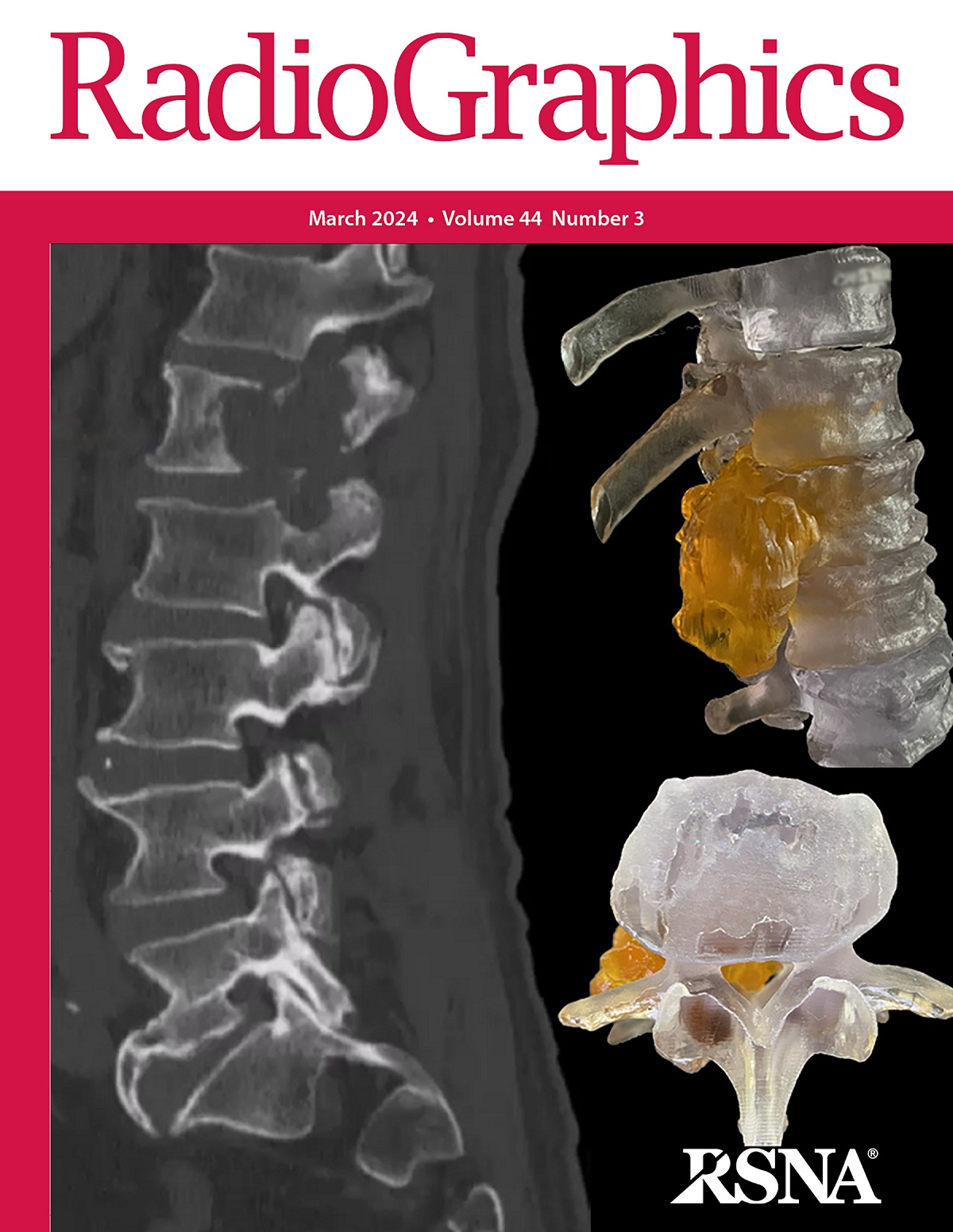Motor Neuron Diseases and Central Nervous System Tractopathies: Clinical-Radiologic Correlation and Diagnostic Approach.
Amit B Desai, Amit Agarwal, Alaa S Mohamed, Khalid H Mohamed, Erik H Middlebrooks, Alok A Bhatt, Vivek Gupta, Neeraj Kumar, Elia Sechi, Eoin P Flanagan, Sebastian López Chiriboga
求助PDF
{"title":"Motor Neuron Diseases and Central Nervous System Tractopathies: Clinical-Radiologic Correlation and Diagnostic Approach.","authors":"Amit B Desai, Amit Agarwal, Alaa S Mohamed, Khalid H Mohamed, Erik H Middlebrooks, Alok A Bhatt, Vivek Gupta, Neeraj Kumar, Elia Sechi, Eoin P Flanagan, Sebastian López Chiriboga","doi":"10.1148/rg.240067","DOIUrl":null,"url":null,"abstract":"<p><p>White matter tracts within the central nervous system are organized into ascending and descending pathways that transmit sensory input and motor output, respectively. Tractopathy, or damage to these tracts, can impair sensory or motor functions. Motor neuron diseases are pathologic processes affecting the upper or lower motor neurons. Amyotrophic lateral sclerosis (ALS) is the most common form of acquired motor neuron disease. Traditionally, ALS has affected upper and lower motor neurons of the extremities, torso, and head and neck. There are several ALS variants, some of which affect only the upper motor neurons (eg, primary lateral sclerosis), lower motor neurons (eg, progressive muscular atrophy), or motor neurons of the head and neck (eg, progressive bulbar palsy). Characteristic imaging features of ALS include abnormal T2 hyperintensity within the brain along the corticospinal tract, as well as cortical susceptibility signal intensity along the precentral gyrus, termed the \"motor band\" sign. Spinal muscular atrophy is a less common primary motor neuron disease and appears on images as atrophy of the anterior horn of the spinal cord, as well as proximal muscle atrophy. In addition to pure motor neuron diseases, there are numerous toxic and metabolic conditions, genetic disorders, infectious diseases, and immune-mediated disorders that can secondarily affect the corticospinal tracts (corticospinal tractopathies), producing symptoms of upper motor neuron injury. These tractopathies are visible at MRI as T2-hyperintense lesions along varying segments of the corticospinal tract. A comprehensive diagnostic approach that integrates clinical symptoms with radiologic and laboratory findings is crucial to distinguish among these varied conditions. <sup>©</sup>RSNA, 2024 Supplemental material is available for this article.</p>","PeriodicalId":54512,"journal":{"name":"Radiographics","volume":"45 1","pages":"e240067"},"PeriodicalIF":5.2000,"publicationDate":"2025-01-01","publicationTypes":"Journal Article","fieldsOfStudy":null,"isOpenAccess":false,"openAccessPdf":"","citationCount":"0","resultStr":null,"platform":"Semanticscholar","paperid":null,"PeriodicalName":"Radiographics","FirstCategoryId":"3","ListUrlMain":"https://doi.org/10.1148/rg.240067","RegionNum":1,"RegionCategory":"医学","ArticlePicture":[],"TitleCN":null,"AbstractTextCN":null,"PMCID":null,"EPubDate":"","PubModel":"","JCR":"Q1","JCRName":"RADIOLOGY, NUCLEAR MEDICINE & MEDICAL IMAGING","Score":null,"Total":0}
引用次数: 0
引用
批量引用
Abstract
White matter tracts within the central nervous system are organized into ascending and descending pathways that transmit sensory input and motor output, respectively. Tractopathy, or damage to these tracts, can impair sensory or motor functions. Motor neuron diseases are pathologic processes affecting the upper or lower motor neurons. Amyotrophic lateral sclerosis (ALS) is the most common form of acquired motor neuron disease. Traditionally, ALS has affected upper and lower motor neurons of the extremities, torso, and head and neck. There are several ALS variants, some of which affect only the upper motor neurons (eg, primary lateral sclerosis), lower motor neurons (eg, progressive muscular atrophy), or motor neurons of the head and neck (eg, progressive bulbar palsy). Characteristic imaging features of ALS include abnormal T2 hyperintensity within the brain along the corticospinal tract, as well as cortical susceptibility signal intensity along the precentral gyrus, termed the "motor band" sign. Spinal muscular atrophy is a less common primary motor neuron disease and appears on images as atrophy of the anterior horn of the spinal cord, as well as proximal muscle atrophy. In addition to pure motor neuron diseases, there are numerous toxic and metabolic conditions, genetic disorders, infectious diseases, and immune-mediated disorders that can secondarily affect the corticospinal tracts (corticospinal tractopathies), producing symptoms of upper motor neuron injury. These tractopathies are visible at MRI as T2-hyperintense lesions along varying segments of the corticospinal tract. A comprehensive diagnostic approach that integrates clinical symptoms with radiologic and laboratory findings is crucial to distinguish among these varied conditions. © RSNA, 2024 Supplemental material is available for this article.


